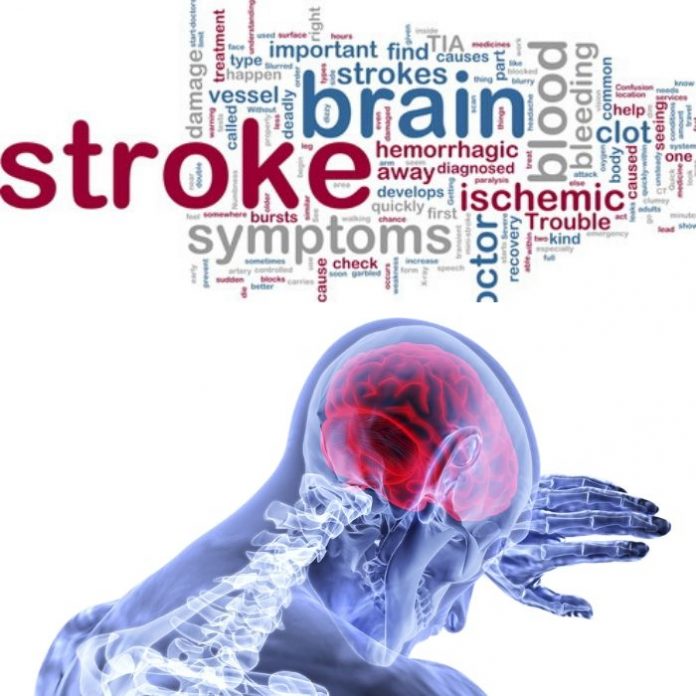Stroke occurs when there’s a blockage in the blood supply to the brain it happens when a blood vessel in the brain ruptures and bleeds. Furthermore, oxygen supply to the brain ceases leading to brain damage.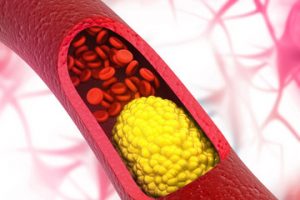
Types of Strokes
There are three types of strokes with sub-types Ischemic Stroke Transient Ischemic Attack Hemorrhagic Stroke
Due to arteries being blocked or narrowed, ischemic stroke can also occur when too much plaque clogs blood vessel.
Ischemic stroke 1.Thrombotic- when a blood clot forms in one of the arteries supplying blood to the brain. 2. Embolic- when a blood clot or other debris forms in another part of the body go towards the brain.
Transient Ischemic Attack Is a temporary blockage period of symptoms similar to those you’d have in a stroke also know as mini stroke usually last 5 minutes.
Hemorrhagic stroke When there is bleeding in the brain -.Blood vessel in your brain balloons up and bursts or a weakened one leaks.
- Intracerebral hemorrhagic– when the tissues surrounding the brain fill with blood after an artery bursts.
- Subarachnoid hemorrhagic– when bleeding in the area between the brain and the tissues that cover it.
Symptoms
Generally stroke occurs without warning
- Trouble walking, including dizziness and lack of co-ordination
- Numbness or inability to move parts of the face, arm or leg
- Confusion, headache, possibly with vomiting
- Trouble with speaking and understanding
- Vision problems
Risk factors
Backgrounds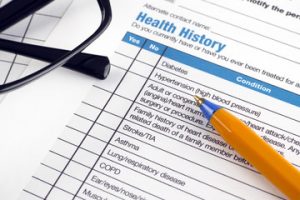
Sex Both women and men can have strokes, they’re more common in women than in men in all age groups. Age The older you are, the more likely you are to have a stroke. Family history Stroke risk is higher in some families because of genetic health. Race and ethnicity Caucasians, Asian Americans, and Hispanics are less likely than African-Americans, Alaska Natives, and American Indians.
Health history
- a previous stroke or TIA
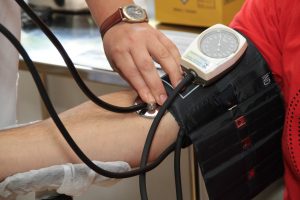
- high blood pressure
- high cholesterol
- heart disorders, such as coronary artery disease
- heart valve defects
- enlarged heart chambers and irregular heartbeats
- sickle cell disease
- diabetes
Alcohol consumption  If you drink too much alcohol, which means no more than one drink per day for women, and no more than two for men.
If you drink too much alcohol, which means no more than one drink per day for women, and no more than two for men.
Tobacco use Tobacco in any form also raises your risk of stroke, when smoking your blood pressure rises because of nicotine and other subsistence’s. present in tobacco.
Diet An unhealthy diet such as saturated fats, trans fats, salty foods, cholesterol.
Physical Inactivity Lack of physical exercise if your obesity.
Tests to diagnose strokes
To determine if you’ve had a stroke, or to rule out another condition, various tests are required by a doctor.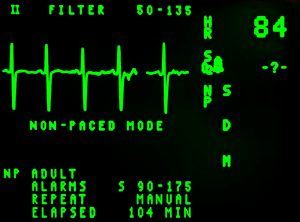
Blood tests MRI and CT scan EKG- Electrocardiogram Cerebral angiogram Carotid ultrasound Echocardiogram
Recovering from a stroke
Rehabilitation offers hope of increased function and return to the level of activity that they had prior to the stroke. However it depends upon the underlying health of the patient and severity.
Rehabilitation may take weeks or months depending on the patients health conditions.















